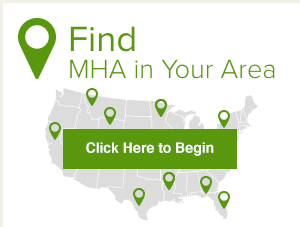You are here
Back to School: Preventing Suicide
It can be hard to know how to deal with all the things life throws at us. For some, sometimes death seems like the only option. More young people survive suicide attempts than die, but even one death is too many. It’s important to know that there is help and there is hope.
Warning Signs
If you think someone you know is considering suicide, look for these warning signs:
- Threats of suicide—either direct or indirect
- Verbal hints such as “I won’t be around much longer” or “It’s hopeless”
- Obsession with death
- Depression
- Overwhelming sense of guilt, shame or rejection
- Putting affairs in order (for example, giving or throwing away favorite possessions)
- Sudden cheerfulness after a period of depression
- Dramatic change in personality or appearance
- Becoming angered easily
- Bizarre thoughts
- Changes in eating or sleeping patterns
- Changes in school performance
- Lack of interest in future plans
What Can You Do?
If you think someone you know is at immediate risk of suicide, you need to ACT.
IF YOU OR SOMEONE YOU CARE ABOUT IS IN IMMEDIATE DANGER OF TAKING SUICIDAL ACTION, SEEK HELP BY CALLING 911 OR GOING TO THE CLOSEST EMERGENCY ROOM.
Content adapted from Red Flags “Suicide: A Permanent Solution to a Temporary Problem,” and “How to Help.”
Sources
[1] CDC. Web-Based Injury Statistics Query and Reporting System (WISQARS). www.cdc.gov/injury/wisqars/index.html
[2] Drapeau, C. W., & McIntosh, J. L. (2017, December 24). U.S.A. Suicide: 2016 Official Final Data for America for the America Association of Suicidology. Retrieved from https://www.suicidology.org/resources/facts-statistics
[3] Kann, L., Kinchen, S., & Shanklin, S. (2014, June 13). Youth Risk Behavior Surveillance - United States, 2013. Retrieved from www.cdc.gov/mmwr/preview/mmwrhtml/ss6304a1.htm.








this page